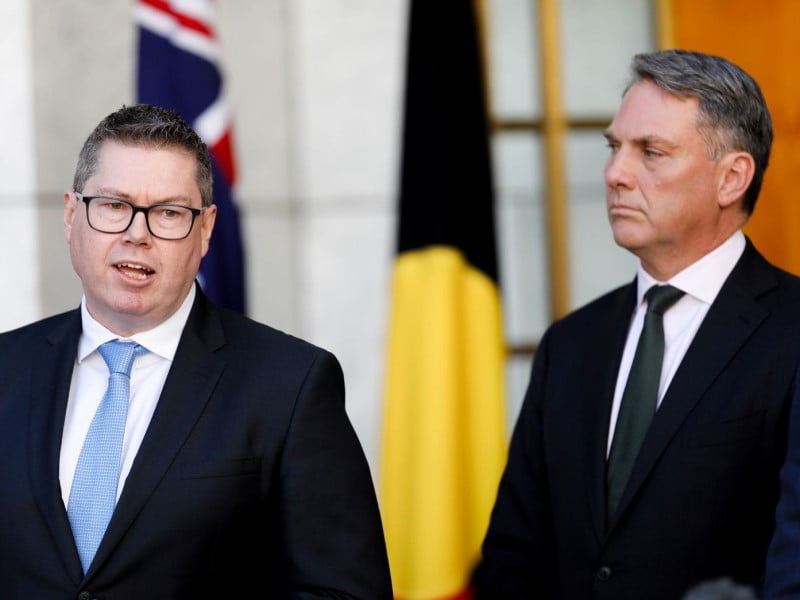The Albanese government has committed to ensuring there are always more public servants than contractors in its Defence ICT workforce after a review found the department had become “too reliant” on outsourced personnel.
On Monday, the government released an unclassified version of the Defence Strategic Review, which also found that a “limited number” of senior technology leaders relative to other major agencies has created scale and project delivery issues.
In response to the recommendations of the review, the government has agreed to meet a 60:40 ratio split between APS or ADF staff and contractors for the Chief Information Officer Group (CIOG) workforce.
The government has also agreed to appoint a “dedicated senior official for CIOG” to oversee capability management leadership, as well as a separate official to oversee the development of the secret network.

The independent review was led by former Labor Defence minister Stephen Smith and former chief of the Defence Force retired Air Chief Marshal Sir Angus Houston. It was handed to the government in February 2023, with a version for public eyes released on Monday.
Prime Minister Anthony Albanese described the review as “the most significant work that’s been done since the Second World War”.
The over-reliance on individual contractors by the CIOG, where projects are “already heavily outsourced”, has meant there are “insufficient ADF and APS staff to manage these contractors and providers”.
It also noted that an “erosion of the APS workforce in Capability Acquisition and Sustainment Group (CASG) has significantly degraded” Defence’s skills in project delivery and commercial and industry expertise.
“Across CASG and CIOG, we have seen evidence of contractors managing contractors through several layers of a project’s governance structure with inadequate Commonwealth oversight,” the review reads.
“As a priority, Defence must move away from its current dependence on external service providers for roles that should be done by ADF or APS personnel.”
To boost Space capability, the review has also recommended creating a “defined career path for space professionals”. The government has also agreed to increase the cybersecurity operations capability in CIOG.
In its annual report 2021-22, Defence said it intends to increase its permanent workforce to 18,500 people in 2023. It also said it expects the workforce to grow to more than 100,000 by 2040.
The Defence Strategic Review noted that “Defence is facing significant workforce challenges”, a trend also identified across the sections of the ADF, APS, and defence industry covered by the review.
In its response to the review, the government said it will “invest in the growth and retention of a highly-skilled Defence workforce”.
No estimate was given on the the total cost of the review’s recommendations. This must wait “until Defence has analysed the capability recommendations in the Review an costed them”.
Defence spending is expected to increase in the next decade, but remain unchanged over the forward estimates.
A National Defence Strategy will be published by Q2 2024, with a Defence Industrial Development Strategy to be released “towards the end of this year” according to Defence Industry minister Pat Conroy.
Australian Defence Force personnel management will also be “centralised into a single integrated system that is headed by a Chief of Personnel reporting directly to Chief of the Defence Force”, another recommendation of the review.
The government’s response to the Defence Strategic Review follows its initial election commitment to cut the spend on contractors and consultants by $3 billion, with the first $500 million found in the October 2022-23 federal Budget.
In July 2022, a report by the Australian National Audit Office noted that Defence “could not demonstrate the effectiveness” of its contractor management policies because it was not sufficiently monitoring or reporting on implementation.
At the time of the ANAO report’s release there were more than 8,300 full-time equivalent contractors employed across the whole of Defence, about 7.4 per cent of its workforce. The most common work contractors did was project management (27 per cent) and information technology (18 per cent).
Between March 2020 and March 2022, there was a 55 per cent increase in the number of full-time equivalent contractors being used.
InnovationAus.com will host a one-day forum on non-kinetic defence and dual-use technology in Adelaide on May 24. You can book your tickets here.
Do you know more? Contact James Riley via Email.


